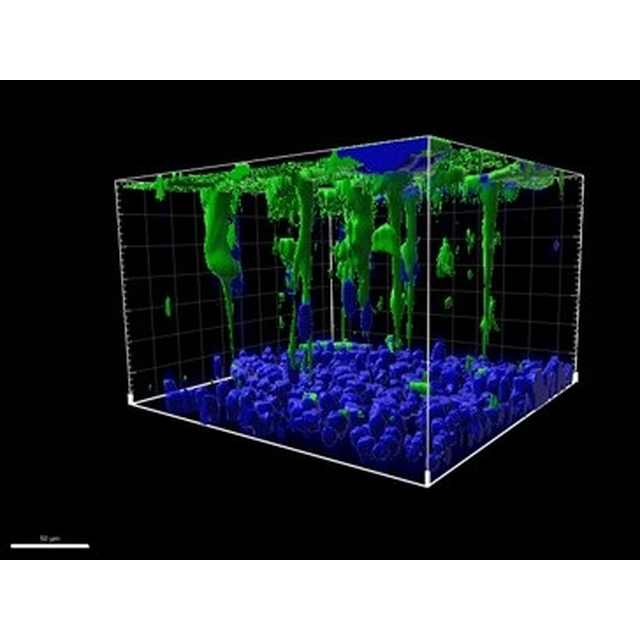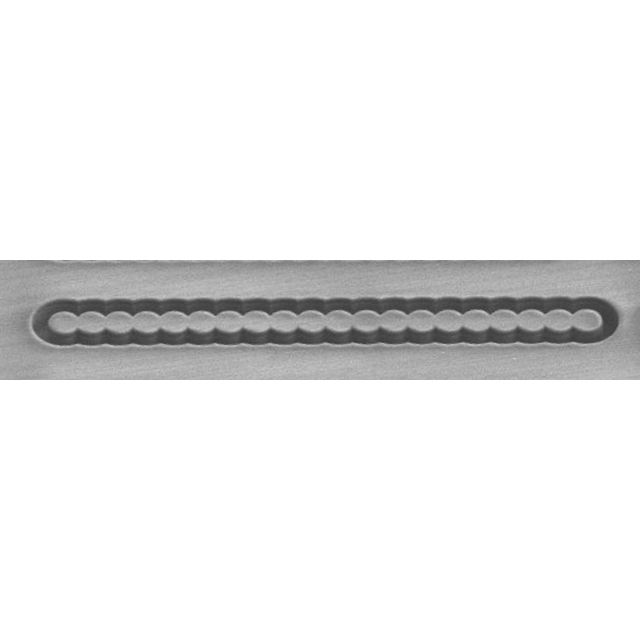Among the very first projects selected as part of the PEPR (Priority Research Program and Equipment) call for projects in Biotherapies and Bioproduction of Innovative Therapies, the OptiCELL project – Bioengineered stem cell-derived retinal cells and tissue for cell therapy – aims to develop a new generation of bioengineered retinal tissue for applications in regenerative medicine.
Degenerative retinal diseases ultimately lead to irreversible vision loss. Stem cell-based therapy represents a highly promising therapeutic approach to address these conditions. The goal of OptiCELL is to design transplantable retinal tissues composed of microstructured and functionalized biocompatible polymer membranes, onto which photoreceptor cells and retinal pigment epithelium cells will be seeded.
Led by the Vision Institute, the project brings together three partners: I-Stem, Artemis (Télécom SudParis), and the Center for Nanoscience and Nanotechnology (C2N). At C2N, the work focuses on developing microfabrication processes to microstructure and functionalize membranes made of biocompatible polymers or new biodegradable materials, with the goal of reconstructing retinal tissues from human pluripotent stem cells.
Contact C2N : Frédéric Hamouda
Figure: Confocal microscopy observation of the assembly of photoreceptors and RPE within the scaffold









